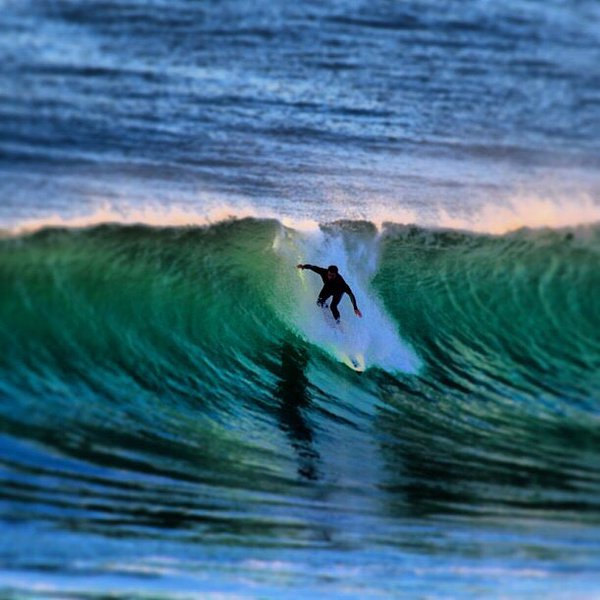Surfers learn to catch waves through judgement and learning the timing. Catching waves is a life long practice and one of the most exciting things about surfing.

One principal is that the bigger waves are the faster they are moving. Beginners start with foam waves because they have a long window for catching them. Real waves have a very short window.
Some Beaches Are Better for Certain Boards
A second principal is that some beaches might be better for short boards because the waves break steep and fast whereas long boards like a slow forming wave like on some reefs. Sand bottom beaches have faster breaking waves that close out.
A long board can catch a wave as soon as it shows itself. A short board needs the wave to arc overhead so that it supplies the power for the low volume surf board. One of the difficulties in learning to surf a short board is the courage to let the wave get over your head behind you before paddling.
Positioning on the Wave
Positioning is important. For a foam wave, you like to get close to where the wave breaks so you have more push and power. If you are a new surfer, you might want to the foam wave to run for a while before catching it so it is easier.
On a real wave, surfers know where the wave arcs and line up close to that spot so they can paddle in front of it when it appears. For real waves, surfers are working in a line up and they usually rotate turns. When a surfer starts paddling for a wave, it is notice that he wants it.
The Final Step
The surfer wants the real wave to roll under his board and when it is over head, he paddles hard and maybe kicks to build speed. As the nose of the board starts down the wave, he can pop up. Surfers often point the board toward the pocket before popping up to make the entrance to the pocket faster.
For Surf Lessons in Oceanside, see the Home Page
A good video on Catching Real Waves
A good video on Mastering Carving waves.